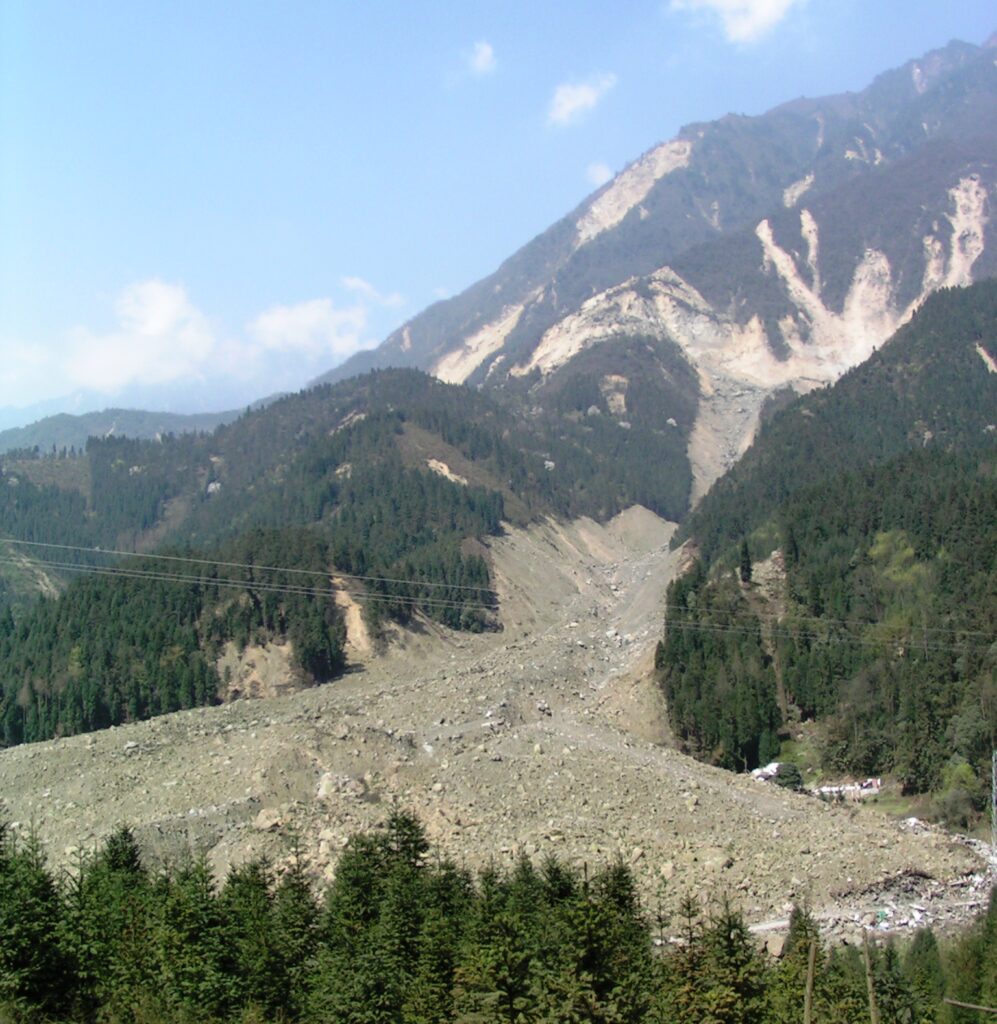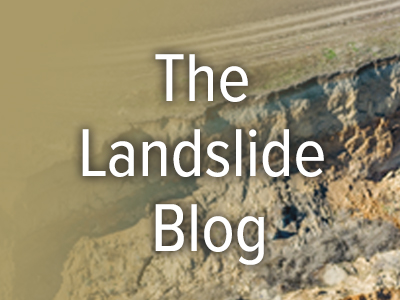The Landslide Blog is written by Dave Petley, who is widely recognized as a world leader in the study and management of landslides.
A key determinant of the ability of a landslide to cause loss is its mobility. A more mobile landslide has greater potential capacity to impact humans and their assets, and faster movement can cause more harm. However, the assessment of mobility for an anticipated failure is very challenging. It is unsurprising therefore that this has been a major topic of research.

In general it is accepted that larger landslides are more mobile than smaller ones, and that mobility scales with size. This is not simply a function of a larger volume having capacity to cover a greater area, but actually that the coefficient of friction reduces with landslide size (in general). There is much speculation about, but little definitive evidence for, why this might be, but the effect is clearly evident.
There is a really interesting contribution to this debate (Grant and Culhane 2024) that has just been published in the journal Engineering Geology. In this study, the authors have examined 23 landslide inventories for large earthquakes to examine the runout properties of coseismic landslides. The inventories have been collated and published online by others, but this investigation was far from a trivial task as the authors had to find an automated way to assess the runout distance for each of the 73,665 landslides in the combined dataset.
There are two real surprises in the results. The first is that the mobility of landslides triggered by earthquakes differs from that of landslides triggered by other events (e.g. rainfall). For smaller landslides, mobility does scale with size, although there is greater variation than is the case for other triggers. In essence, mobility for coseismic landslides is more complex (and thus less predictable), which is not good news for those of us trying to assess landslide risk for future earthquakes.
The second is even more surprising, which is that coseismic landslide mobility is bilinear. In other words, beyond a certain size threshold, the mobility of landslides triggered by earthquakes reduces (rather than increases) as a general trend. To describe that as a surprise is an understatement.
The reasons why the mobility of earthquake triggered landslides varies from that associated with other triggers needs further investigation. Grant and Culhane (2024) suggest that it will be a function of “landslide type, kinematics, hydrology, and or differences in setting … that systematically differ between different triggering mechanisms.”
They conclude that new models of landslide mobility are needed for earthquake events, but of course this will require further research. I suspect that this will be a key area for attention in the coming years.
The assessment of landslide risk for earthquake events just got a little harder, but my word this is an interesting piece of research. Bravo to Grant and Culhane (2024).
Reference
Grant, A.R.R. and Culhane, N.K. 2024. Global Patterns of coseismic landslide runout mobility differ from aseismic landslide trends. Engineering Geology, 107824, https://doi.org/10.1016/j.enggeo.2024.107824.


